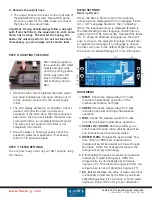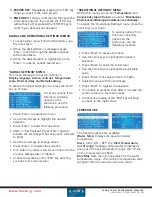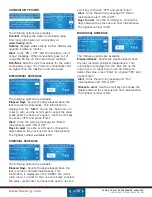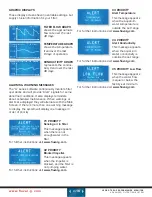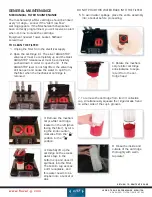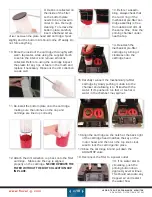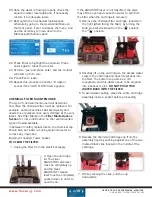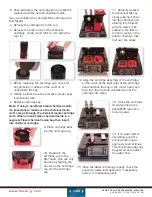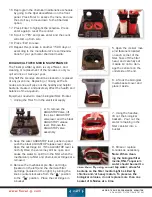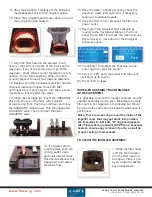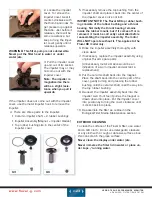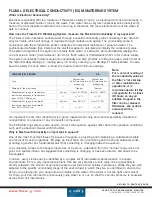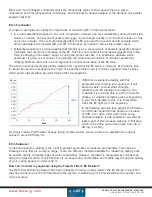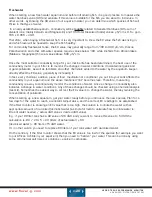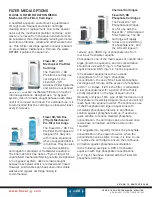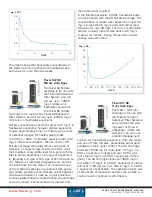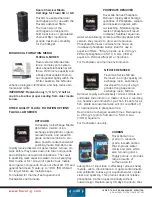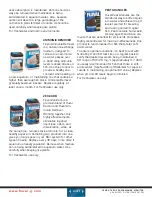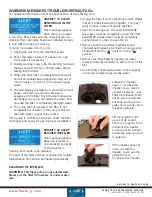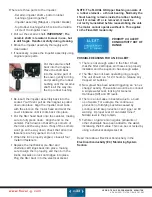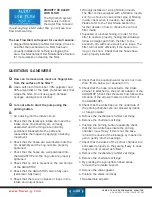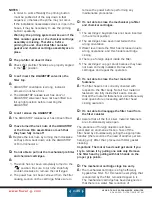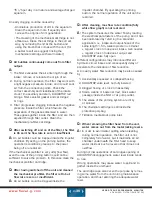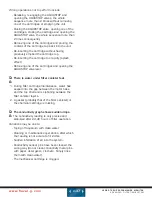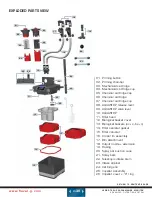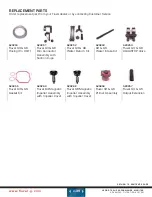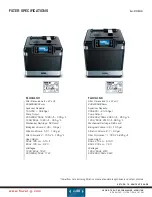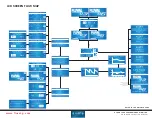
H Y D R O T E C H P E R F O R M A N C E M O N I T O R
A D VA N C E D F I LT R AT I O N S Y S T E M
w w w. f l u v a l - g . c o m
EN.
26
Freshwater
When starting a new fresh water aquarium and before introducing fish, it is good practice to measure the
water hardness value (GH) and evaluate if this value is suitable for the fish you are about to introduce. In
other words, by knowing the GH value of our aquarium water, you can determine which species of fish will
thrive in that type of water.
In a newly established aquarium, conductivity will be
roughly
related to General Hardness (GH= sum of
divalent ions, mainly Calcium and Magnesium) and TDS (Total Dissolved Solids) values: μS/cm x 0.5 = ppm
TDS x 0.056 = dGH.
Therefore, when buying a freshwater fish, it is very important to know the EC value the fish was living in,
and which level will be needed to keep the fish healthy.
For community freshwater tanks, the EC value may generally range from 100 to 300 μS/cm; Discus,
Paracheirodon and other soft-water species require values below 100, while Cichlids from African lakes
(Malawi e Tanganyika) thrive at values above 500 μS/cm.
Once the most suitable conductivity range for your marine life has been determined, the best use of the
conductivity meter in your filter is to monitor the changes in water conditions. Unwanted inorganic and
organic pollutants, as well as fertilizers and other chemicals added to the water by the aquarium keeper,
directly affect the EC value, generally by increasing it.
In fact, every chemical, additive, piece of food, medication or conditioner you put into your tank affects the
conductivity in your aquarium and the above mentioned “link” becomes less. Therefore, measuring
conductivity is a way to continuously monitor the conditions of water, since a change in conductivity also
indicates a change in water conditions. Any of these changes should be checked using a chemical analysis
(test kit). Sometimes the easiest way to correct the EC value is to change the water, thereby reducing the
concentration of pollutants.
When starting up a new aquarium, get your water ready before you introduce the new species. Plan for a
few days for the water to reach a constant temperature, and the correct EC readings to be established.
If the filter monitor is showing an EC value that is too high, the solution is to dilute the water with an
appropriate amount of de-ionized (osmotic) water (a simple formula to calculate how to dilute water is:
litres of water needed / actual dGH value x desired dGH value).
E.g.: if your 80 liter tank has a GH value of 20 dGH and you want to reduce this value to 5 dGH the
V>VÕ>ÌÊÃ\ÊnäÊÉÊÓäÊÝÊxÊrÊÓäÊÌiÀÃÊvÊ>VÌÕ>ÊÜ>ÌiÀ®Ê³ÊÈäÊ
(de-ionized water) = 80 liters of 5 dGH water.
Or, in other words, you need to replace 60 liters of your tank water with de-ionized water.
On the contrary, if the filter monitor shows that the EC value is too low for the species (for example you want
to put African cichlids in your aquarium) then you need to “harden” your water. This can be done by using
some commercial salt mixes or solutions i.e calcium carbonate.
Summary of Contents for FLUVAL G 3
Page 1: ...USER GUIDE ENTER...


